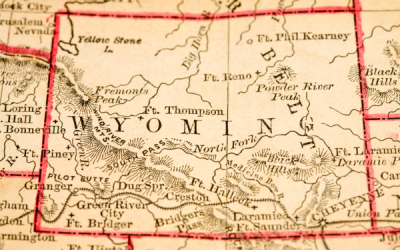Screwworms are screwing up beef imports from Mexico, and it will likely impact feeder cattle prices.
After the discovery of a screwworm in Mexico on Friday, the USDA’s Animal and Plant Health Inspection Service (APHIS) announced it would pause animal imports from Mexico.
Soundbite: “Even if the border opens soon the measures will be costly and it will impact cattle operations in the U.S. and Mexico for some time to come.” — Daniel Manzanares, director of the Santa Teresa International Export/Import Livestock Crossing in New Mexico
While only 5% of the U.S. feeder cattle supply comes from Mexico, Santa Teresa pens are already empty. On a typical day, they’d be filled with thousands of Mexican cattle before heading north.
Fun fact: Almost 500K feeder steers and heifers cross the border through Santa Teresa annually, making it the largest livestock entry point in the U.S.
Worming their way in: The New World screwworm, a flesh-eating fly larva that attacks live tissue in cattle, hadn’t been seen in Mexico in 30 years. Earlier in November, Mexican officials detected a screwworm in a cow at Mexico’s border with Guatemala. The animal did not originate in Mexico.
No “fly” zone: APHIS doubled down on its efforts to control screwworms in 2006 and worked with Panama on a barrier zone. Central American countries have struggled with screwworms for a while, and the zone helped—until recently. Detections in Panama went from 25 cases per year to more than 6,500 cases in 2023.
APHIS spends $110M to keep screwworms out of North America.
“Surprise!” – Anthrax, After Making its Comeback in Wyoming
Wyoming, we have a problem. Anthrax: A bacterial disease caused by Bacillus anthracis, which is a...
Trump vs. Harris on Ag
Polling the pastures: Immigration, women’s rights, and inflation were topics during the...
Seed Sauna: ThermoSeed Revolutionizes Seed Treatment
An innovative seed treatment process is gaining steam in Europe, and it could have significant...




